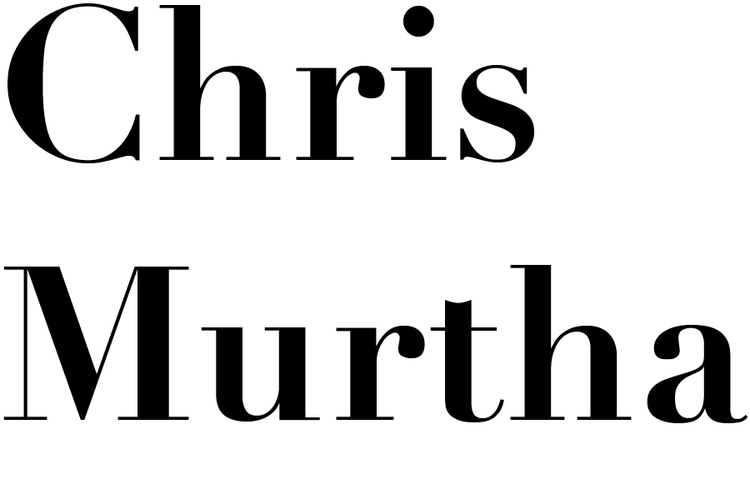Untitled (from "1 Hour"), c. 1992-1993, photogram, 20 x 16 inches. (All works by David Nelson; all photos by the author.)
This somber, pensive, and sometimes haunting exhibition of David Nelson’s multidisciplinary art at NYU’s 80 Washington Square East Gallery is expertly assembled and presented by gallery director Jonathan Berger and Nancy Brooks Brody, a close friend to the artist. Brody’s personal relationship with Nelson is important, because once you know even a little bit about his life it’s hard to separate his work from the personal experiences that influenced it.
After moving to New York City in the late 1970s, Nelson became involved with a close-knit community of artists in the East Village. In 1985 he met his partner, the artist David Knudsvig, but he would lose him to AIDS in 1993. All of the works included in the show come from the period between Knudsvig’s passing and Nelson’s own death in 2013. Pairs, conduits, and ghostly images are prevalent in the exhibition, and many of the works are meditations on loss and time that can be seen as attempts by Nelson to reconnect with Knudsvig.
The first works encountered are a series of knobby and tangled sculptures of resin, roots, and dirt—the kind of earth that is so specific to New York City: dry, rocky, seemingly devoid of minerals and nutrients. After uncovering a cistern in his backyard, Nelson was inspired to keep digging holes, always by hand. The sculptures were created by pouring resin directly into these holes and extracting the hardened form, along with any matter that adhered to it. Some sculptures are then embedded in cubes of resin, frozen in time like a photograph or fossil.
Left: Untitled (Hole), detail, c. 1997, photogram mounted on canvas, 40 x 43 1/2 inches; Right: Hole Reflection 2, detail, 1997, silver gelatin print, 28 x 38 inches; Bottom: Installation view of "David Nelson" with Hole #16, 1999, and Untitled (Cube), c. 2000.
Many artists have given form to negative space—Bruce Nauman, Robert Overby, Rachel Whiteread, among others—but Nelson’s efforts contain a sense of exploration and discovery that feel more akin to archaeology. He further inspects his excavated sculptures with a series of abstract photograms, and the one on view here, Untitled (Hole), c. 1997, resembles an X-ray of something bodily or embryonic. In a similarly disorienting photograph, Hole Reflection 2, 1997, he captures the reflection of the sky and the edge of the hole in the newly poured resin. It’s a haunting, claustrophobic view from down within the hole that hints at what he was trying to dig up.
Central to Nelson’s work in this period is a small wooden figurine—a man with a top hat that holds two bone dice—that belonged to Knudsvig. Unknown to the couple, the figure is a representation of Papa Ghede, a Haitian Vodou deity that is thought to usher the deceased into the afterlife. After Knudsvig’s death, Nelson paired the figurine with his own prized toy train and dubbed it “train man,” establishing a talismanic stand-in for his departed partner. To create Untitled (Train Man, Brother: Doppelgänger), c. 1997, an extensive series of photograms installed in a large grid across two walls, Nelson converted his living room into a darkroom. Drawing with sand directly onto light-sensitive paper, he repeatedly captured unique but remarkably consistent images of the figurine. The repetition and subtle differences of these ethereal traces, especially within such an immersive installation, makes for an affecting tribute.
Above: Installation view of "David Nelson" with Untitled (Train Man, Brother: Doppelgänger), c. 1997, and Untitled, c. 1992; Below: Detail from Untitled (Train Man, Brother: Doppelgänger).
A series of works featuring a miniscule hourglass or sand timer are installed in the same room as the “train man” photograms. Representing the measurement of time as an exchange between two vessels, these pieces bring many of the themes in the show together. Time is malleable in the series 1 Hour, c. 1992-1993, in which nine photograms of the timers are presented out of sequential order, oscillating drastically between measurements. In a separate series of photograms, the timer’s glass is broken and the image is created with the sand pouring out of the vessel. Knowing this process, one can imagine that the “train man” photograms were similarly drawn using sand from broken timers, symbolically conjuring images of loss and absence from the remnants of time. In some of these pieces, there are traces of Felix Gonzalez-Torres’s work, but Nelson’s approach is darker and more brooding, less political. Whereas Gonzalez-Torres drew the viewer in via direct exchanges and shared social and political experiences, Nelson’s work is so personal and mysterious that a viewer can’t help but feel like an intruder.
Among several late paintings that evoke the work of Nelson’s friend Robert Bordo, the last gallery offers an intriguing sculpture made by combining several model train tunnels to form a disjointed landscape and passageway, conceivably for the “train man.” Here, without tracks, the tunnel is a conduit only in the sense that it leads from one point to another. There is nothing at either end though, just a negative space—a hole to be peered into, mined, traversed.
David Nelson @ 80WSE
80 Washington Square East (West Village)
www.steinhardt.nyu.edu/80wse
Though the exhibition is no longer on view, you can find a selection of David Nelson’s works on the website for Visual AIDS, a sponsor of the exhibition and co-publisher of the excellent catalog, which is also available through them here.
Installation view of "David Nelson" with Untitled, c. 2009.




